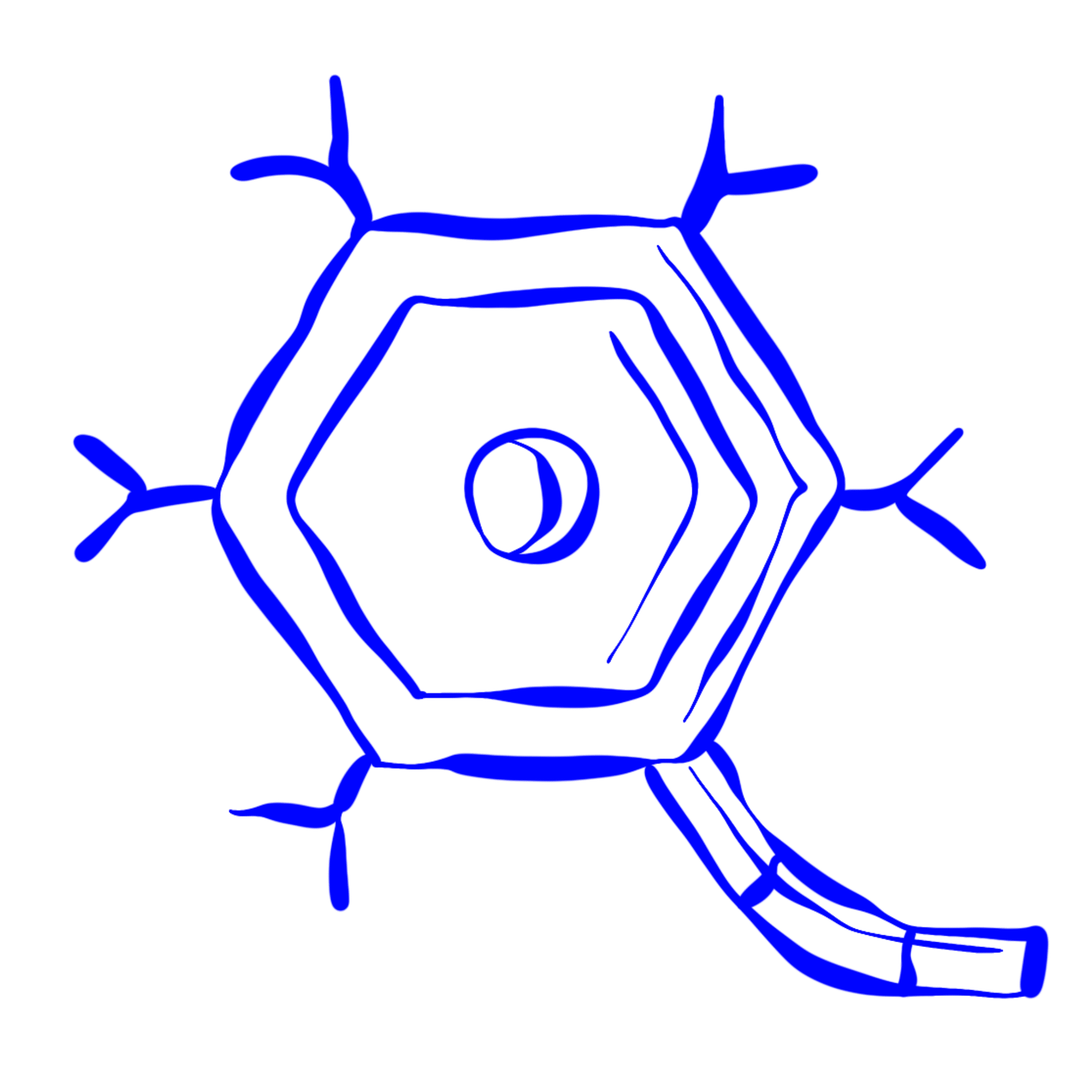STARS IN THE SKY
About Sarcoma
About Sarcoma
Sarcoma is a rare and diverse type of cancer that originates in the connective tissues of the body, including bones, muscles, tendons, and cartilage.
Unlike more common cancers that develop in epithelial tissues, sarcomas arise in the mesenchymal tissues.
Sarcomas can occur in any part of the body and are classified into two main types:
- soft tissue sarcomas – develop in the soft, supportive tissues
- bone sarcomas – affect the skeletal system.

Prevalence
- Soft tissue sarcomas are more common than bone sarcomas.
- Sarcomas can occur in individuals of all ages, however are most common in teenagers and young adults.
- There are over 80 subtypes of sarcoma, each with its unique characteristics.
- Sarcomas are relatively rare, comprising approximately 1% of all adult cancers.
- Approximately 20% of childhood cancer diagnoses are attributed to sarcoma, positioning it among the most prevalent cancers in children.
- Sarcoma comprises up to 10% of cancer cases in adolescents and young adults (aged 15-25).
Mortality
- Sarcomas can be aggressive and challenging to diagnose, contributing to delayed treatment initiation.
- The prognosis for sarcoma patients varies widely depending on factors such as the subtype, location, and stage at diagnosis.
- The overall mortality rate for sarcoma is relatively high compared to some more prevalent cancers.
- Early detection and a multidisciplinary approach involving surgery, radiation, and chemotherapy are crucial for improving outcomes.
While sarcomas present significant challenges due to their rarity and heterogeneity, ongoing research and advancements in treatment modalities offer hope for improved prognosis and better quality of life for individuals affected by this type of cancer.

SOFT TISSUE SARCOMA
Soft tissue sarcoma (STS) represents a diverse group of cancers originating in the body’s soft, supportive tissues, excluding bone and cartilage. This class of malignancies encompasses various subtypes, each posing distinct challenges in diagnosis, treatment, and prognosis.
Subtypes
Soft tissue sarcomas comprise over 50 subtypes, with each subtype exhibiting unique characteristics and behaviors. Some common subtypes include:
- Leiomyosarcoma: Originating in smooth muscle cells, often found in the uterus, abdomen, or blood vessels.
- Liposarcoma: Developing in fat cells, frequently occurring in the thighs or abdomen.
- Fibrosarcoma: Arising from fibrous tissues, commonly affecting deep layers of the skin, tendons, or ligaments.
- Synovial Sarcoma: Affecting the joints, commonly found in the arms or legs.
- Rhabdomyosarcoma: Developing in skeletal muscle cells, predominantly occurring in children.

BONE SARCOMA
Bone sarcoma, a rare and formidable cancer, originates within the bone tissues, presenting distinctive complexities in diagnosis and treatment. This category of malignancies encompasses diverse subtypes, each characterized by unique features, underlying causes, and risk factors.
Subtypes
Bone sarcomas manifest in various subtypes, each deriving from specific bone tissues and exhibiting distinct behaviors. Common subtypes include:
- Osteosarcoma: Primarily emerging in the long bones, such as the arms and legs, often centering around the knee.
- Chondrosarcoma: Originating in the cartilage, frequently found in the pelvis, hip, or shoulder.
- Ewing sarcoma: Predominantly occurring in bones but also capable of affecting soft tissues, with a higher incidence in children and young adults.
Risk Factors
While soft tissue sarcoma can occur in individuals without apparent risk factors, certain factors may elevate the likelihood of developing this cancer. These include:
- Radiation Exposure: Previous exposure to radiation therapy, especially during childhood, may increase the risk.
- Genetic Predisposition: Inherited genetic conditions, as mentioned earlier, can contribute to an elevated risk.
- Age: While sarcoma can occur at any age, some subtypes are more prevalent in specific age groups.
Symptoms
Soft tissue sarcoma symptoms can vary based on the location, size, and subtype of the tumor. Common signs include:
- A palpable mass or lump: Often painless, discovered under the skin.
- Pain or tenderness: Depending on the tumor's proximity to nerves or muscles.
- Limited range of motion: If the tumor affects joints or muscles.
- Fatigue and unexplained weight loss: Indicators of advanced disease.
The symptoms of bone sarcoma can vary depending on the subtype, location, and size of the tumor. Common indicators include:
- Bone Pain: Persistent discomfort in the affected bone, intensifying with activity or during nighttime.
- Swelling or a Lump: The emergence of a noticeable mass near the tumor site.
- Fractures or Bone Weakness: Weakening of the bone may result in fractures, particularly in weight-bearing bones.
- Limited Range of Motion: Impaired mobility may occur if the tumor affects joints or adjacent tissues.
Early detection remains paramount for effective treatment and enhanced outcomes. If any of these symptoms are observed, seeking prompt consultation with a healthcare professional is essential for a comprehensive assessment.